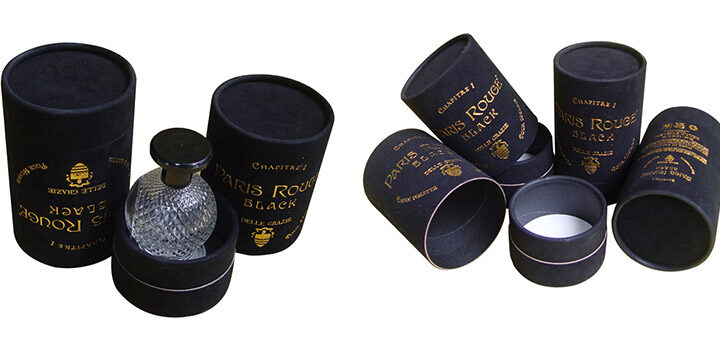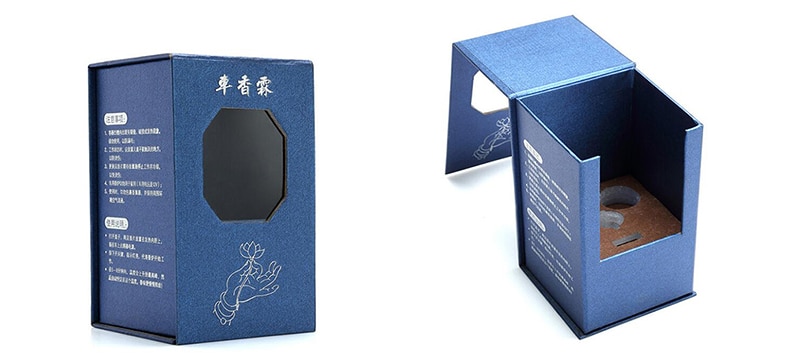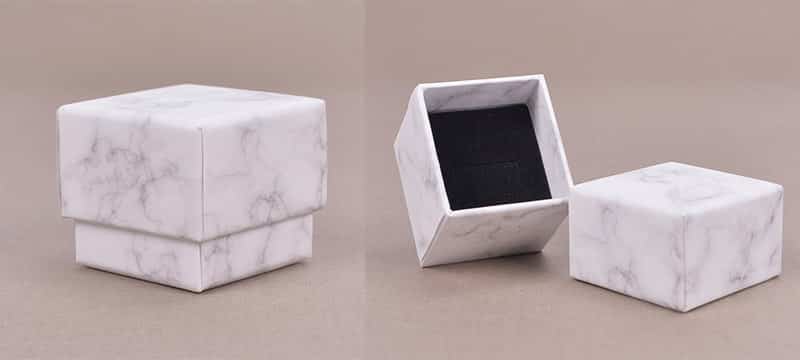What happens when we buy packaged products? What do we really buy? The product or simply its image? Here are some thoughts.
One of the differences between the market and the supermarket is that at the supermarket the products are packed. At the common market we buy products that we see, however, in the supermarket we buy products that we do not see.
Why? Because they are packaged and the packaging often conceals the product that one buys. You will tell me that it is quite normal: for the packaging, packing something, it is its function. Yogurt, cheese, butter, cassoulet or green beans disappear behind the yoghurt pot, the cheese box or the tin can…
But, packaging at the supermarket is not only packaging and concealing – it also reveals, it illustrates the product, it is there to attract attention and reveal the full potential of a ravioli or lentils by showing a beautiful photo a good gratin or small salt…
So if I do not always see what I buy, how can I know what I buy? Because with the packaging, it is marked on it and there are beautiful pictures! But in this passage from “I do not see” to “I know”, in this passage from product to packaging, we move from thing to sign, from reality to appearance.
I do not know if the great sociologist Jean Baudrillard often did his shopping at the supermarket, but for this specialist, in consumption, this passage makes us enter the “hyper-reality”.
“Hyper-reality”, what is it?
This is the moment when we leave reality to confuse it with the imaginary, the moment when we consume not only things but also their appearance, and the moment especially when appearance denies reality and takes its place.
A good example of this paradox is the pack of pre-packaged ham, precisely.
Because it has one side stack and one side face.
Faced, a beautiful photo of a beautiful slice, a little rolled on a plate with a small sprig of parsley and cherry tomatoes.
Side by it there is transparent packaging, so we can distinguish the product: a semicircle gray-pink more or less thick…
So we end up eating ham, but having consumed the picture of the package. It was the first to tell us the ham we were going to eat. However, as the packaging is there too to make you want and to embellish, by consuming the packaging, one does not really consume the product.
In the hyper-reality of consumption, we no longer consume products, but what Baudrillard calls simulacra. Appearances or imitations that make you forget what they are and that are taken seriously. Meantime they are playing with us since the photos of the packaging are almost never contractual!
So this paradox of packaging that makes disappear the product it packs, then make it better by reappearing the simulacrum. Maybe that’s why it’s so nice to go to the market from time to time: to embrace the reality of products, to remember that not all fish are squared and breaded, that crabs are not just a variety of sticks and that each cheese has a different color or appearance.
At the market so we see what we buy, even if we do not always know…









